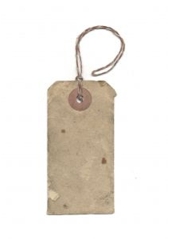Tagging In Subtext
With the announcement of the 1.9.5 release of Subtext, I thought I should talk about the new tagging and tag cloud feature. You can see it in action in the sidebar of my site.
 To implement tagging, we followed the model I wrote about
before.
Tags do not replace categories in Subtext. Instead, we adopted an
approach using Microformats.
To implement tagging, we followed the model I wrote about
before.
Tags do not replace categories in Subtext. Instead, we adopted an
approach using Microformats.
We see categories as a structural element and navigational aid, whereas we see tags as meta-data. For example, in the future, we might consider implementing sub-categories like WordPress does.
The other reason not to implement tags as categories is that most people create way more tags than categories and blog clients are not well suited to deal with a huge number of categories.
To create a tag, simply use the rel-tag microformat. For example, use the following markup…
<a href="http://technorati.com/tag/ASP.NET" rel="tag">ASP.NET</a>
…to tag a post with ASP.NET.
Please note that according to the microformat, the last section of the URL defines the tag, not the text within the anchor element. For example, the following markup…
<a href="http://technorati.com/tag/Subtext" rel="tag">Blog</a>
…tags the post with Subtext and not Blog.
Also note that the URL does not have to point to technorati.com. It can point to anywhere. We just take the last portion of the URL according to the microformat.
Comments
18 responses